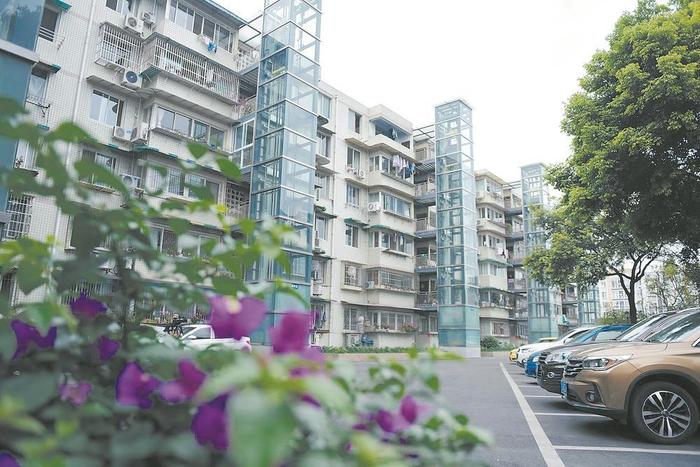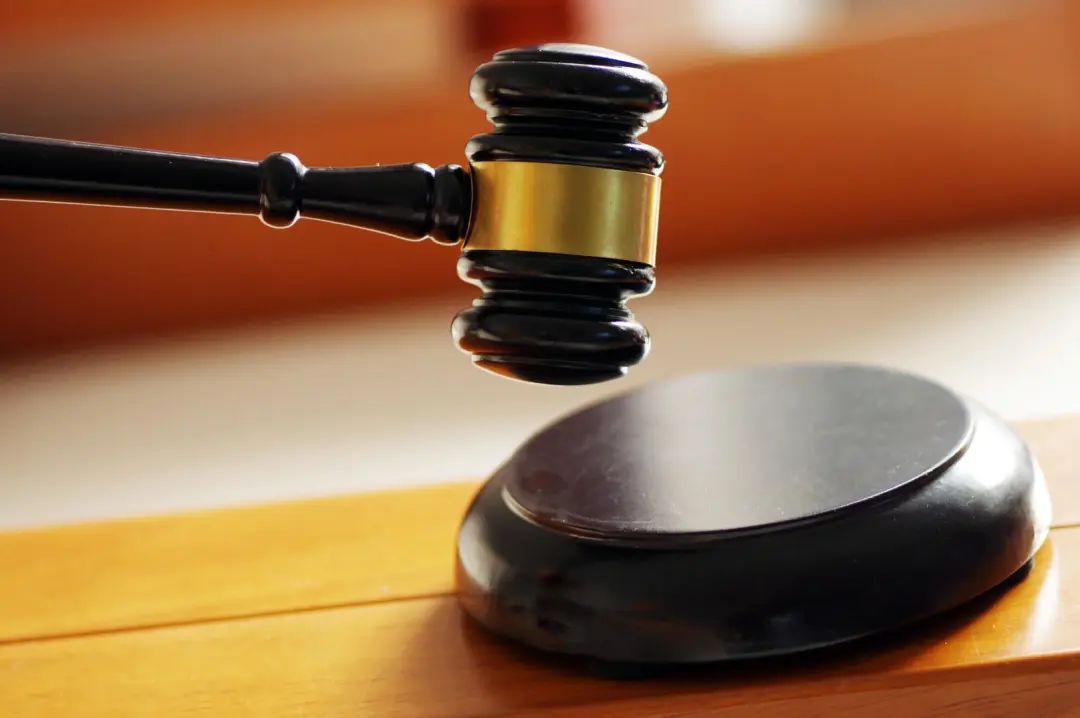Welcome to Shanghai Founder Law Firm! Email:info@gcls.cn Tel:0086-021-62996116-0
08-08

Key Review Points for Financing Terms of Technology Enterprises (Part 1) - Capital Increase Agreement
The current AI industry is experiencing a surge in financing, serving as a crucial engine for the development of new productive forces. Behind the capital frenzy lies a competitio..
08-01

Practice of identifying actual construction personnel in construction project cases
1、 The concept of actual construction personnel and the legislative intention China implements strict qualification management for construction enterprises, requiring only companies that me..
07-14

Lawyer Chen Min and Lawyer Ji Xin from Hai Guo Chuang Law Firm have been hired as grassroots legal observers
On July 10, 2025, a grand ceremony was held at the Party School of the Putuo District Committee to award the "Putuo District Grassroots Rule of Law Observer Training Course and the Rule of Law Obse..

Since 2022, various regions across the country have been actively promoting the installation of elevators in old residential areas within their jurisdiction, in order to facilitate the daily life scenes of residents. However, at the same time, the neighborhood disputes caused by the installation of elevators have also become increasingly fierce. Next, the author will discuss the possible types of disputes, litigation potential, and preparation of relevant materials regarding the recent elevator installation dispute that occurred in the consulting unit.
At present, the common disputes caused by "adding elevators" are due to the conflict between the negative effects of "adding elevators" on lighting, structure, noise, and house depreciation brought by low-level residents and the urgent need of high-rise residents to improve living conditions, which has evolved into infringement disputes that hinder the subsequent progress of "adding elevators" by low-level users.

Since the first threshold for adopting judicial channels has passed, what materials do residents usually need to prepare in order to obtain court support for their claims? Generally speaking, the following materials need to be prepared: the results and publicity of the first consultation, the results and publicity of the second unit building consultation, the "construction agency" agreement, the "elevator addition" agreement, the planning and design formula scheme and publicity situation, the feedback and handling plan for publicity, payment proof, and proof of infringement by the infringer, which is commonly known as the "obstruction of construction" certificate. If the above materials can be provided in sufficient detail and the process procedures meet the requirements of "double two-thirds" and "three quarters", there is a high probability that the plaintiff's lawsuit request will be supported by the court. Of course, if lower level residents want their interests to be protected, they can also request to modify the "elevator" design scheme to minimize the negative impact after providing sufficient evidence to prove the negative effects of the "elevator" on lighting, noise, structure, and even house depreciation.
At the end of this article, the author believes that although the number of judicial cases caused by "adding stairs" is increasing day by day, most judges also hope to facilitate mediation between the plaintiff and defendant in the court trial process. Therefore, considering the time and economic costs required for judicial litigation, perhaps the best solution to resolve such disputes is for both parties to sit down and have a good discussion, after all, as the ancient saying goes: distant relatives are better than close neighbors.